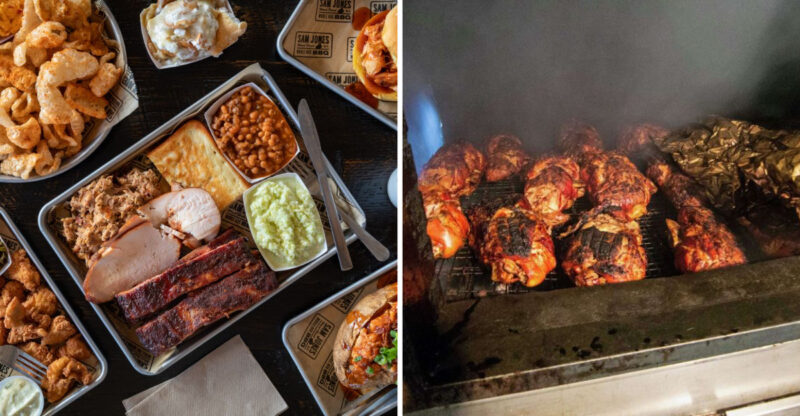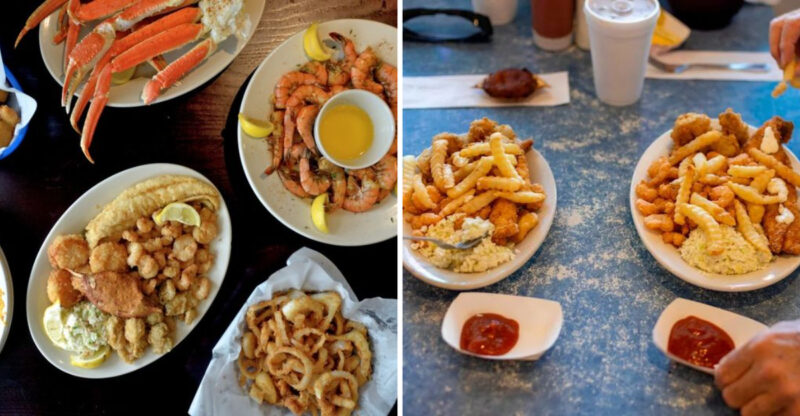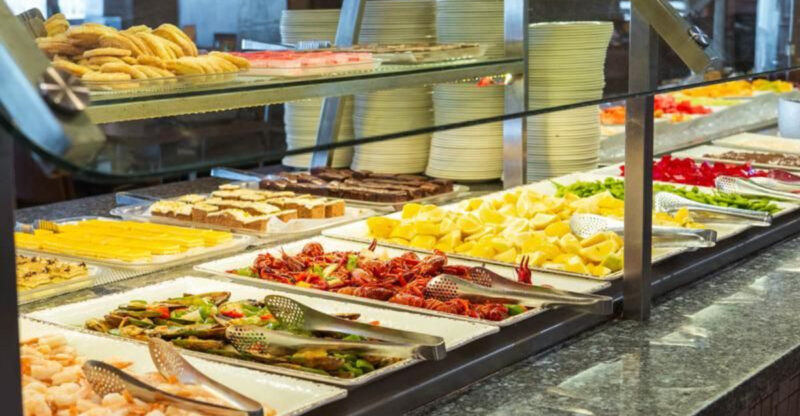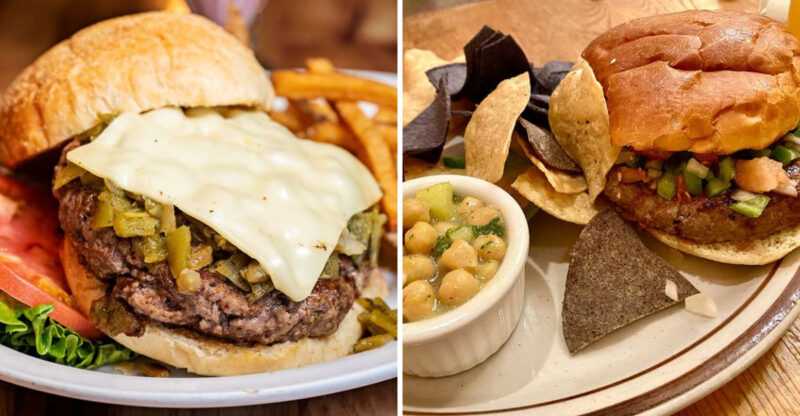7 Mexican Dining Traditions That Surprise U.S. Tourists
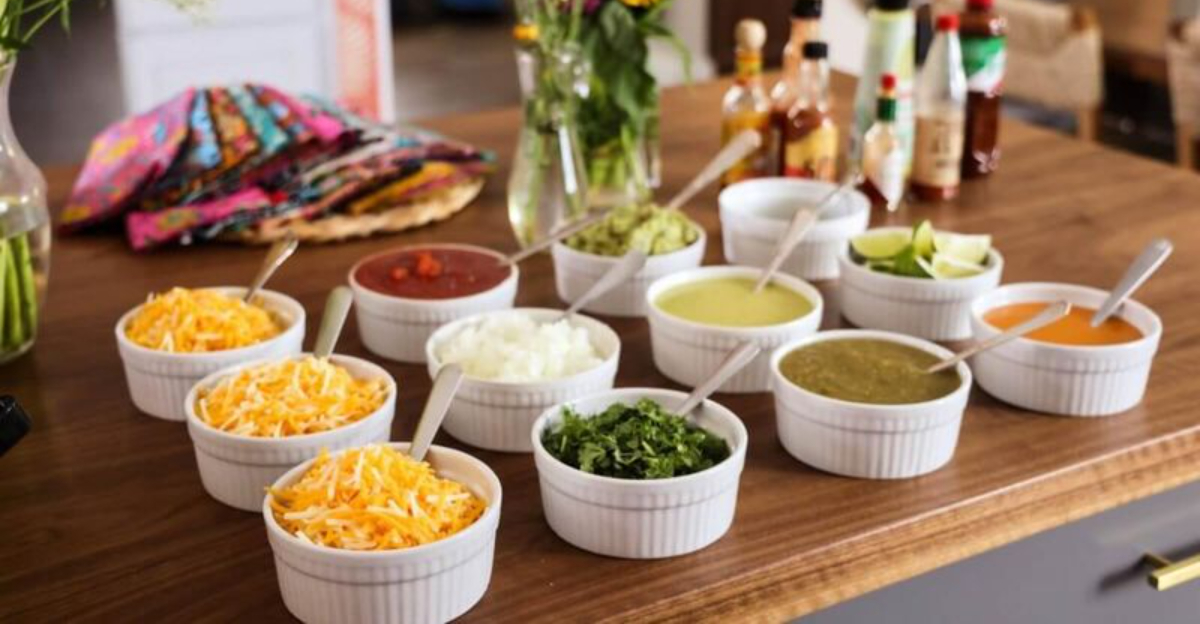
When Americans cross the border into Mexico, they’re in for more than just different flavors, they’re entering a whole new food culture. Mexican dining traditions reflect centuries of history, family values, and a totally different rhythm of life.
Ready for a culinary culture shock? These dining customs catch most U.S. visitors completely off guard.
1. Dinner At 9? That’s Early!
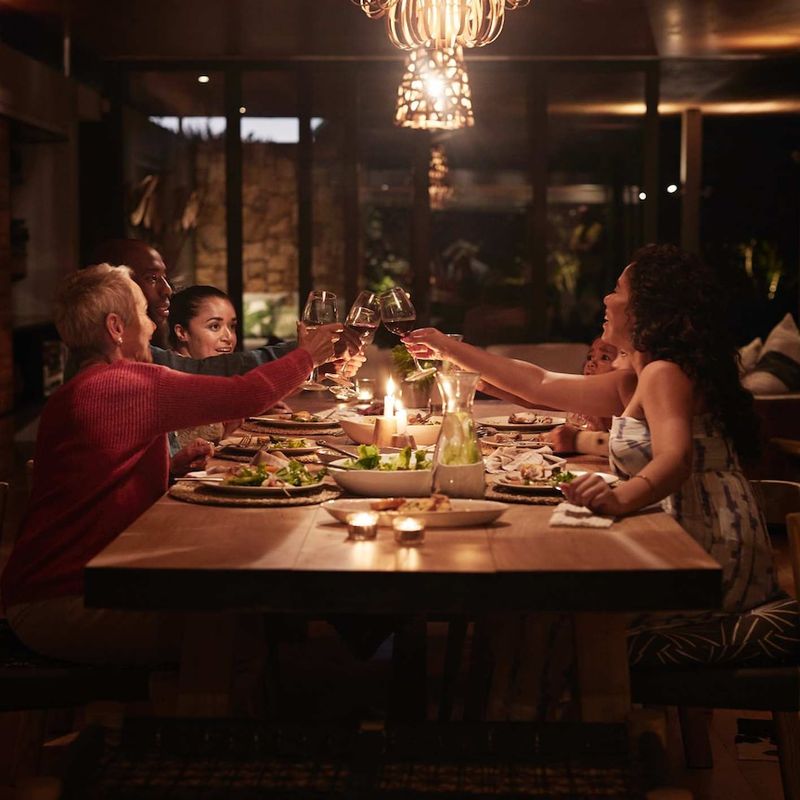
Nobody eats dinner before 9 PM in Mexico. Families gather around tables when most Americans are already thinking about bedtime snacks. The evening meal stretches into a social event lasting hours, with multiple courses and endless conversation.
Children stay up late too, participating in these family feasts without the strict bedtimes common in the States.
Restaurant reservations at 7 PM? You’ll be dining in an empty restaurant while locals are still working or enjoying their afternoon coffee.
2. Where’s All The Ice?
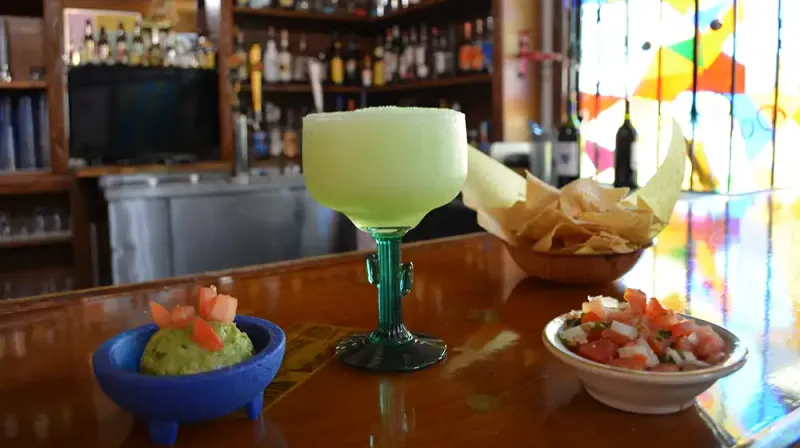
Your drink arrives practically naked, no ice cubes floating around. Mexicans typically serve beverages at room temperature or slightly chilled rather than packed with ice like American drinks.
This tradition stems partly from water safety concerns in previous decades and partly from the belief that extremely cold drinks are bad for digestion. Even on scorching days, you’ll notice locals sipping tepid beverages without complaint while tourists frantically flag down servers begging for ice buckets.
3. Breakfast Tacos? Try Tacos All Day!
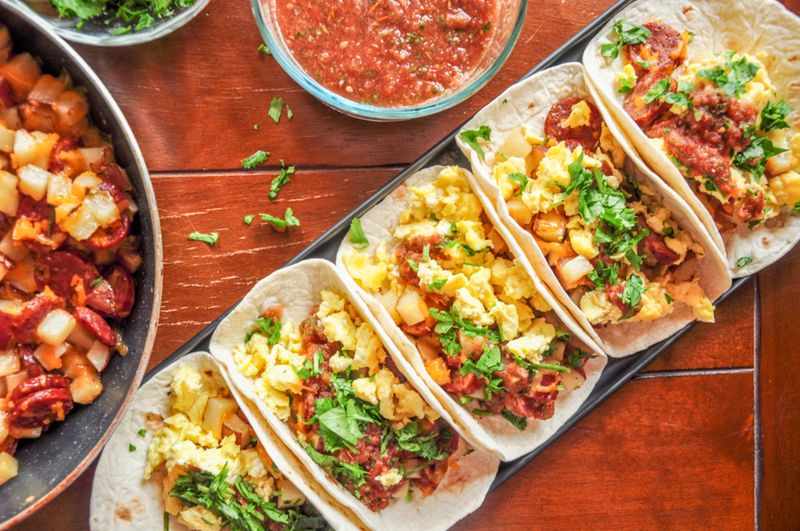
Tacos aren’t relegated to Tuesdays or dinner menus in Mexico. They’re breakfast food, lunch staples, and midnight snacks. Morning markets buzz with taco stands serving egg-filled breakfast varieties before dawn breaks.
Afternoon tacos might feature slow-cooked meats while evening brings seafood options. The most authentic tacos appear after midnight when street vendors set up outside nightclubs.
Americans expecting tacos to be dinner-only miss out on the 24-hour taco culture that defines Mexican street food scenes.
4. Tortilla Deliveries Trump Amazon Prime
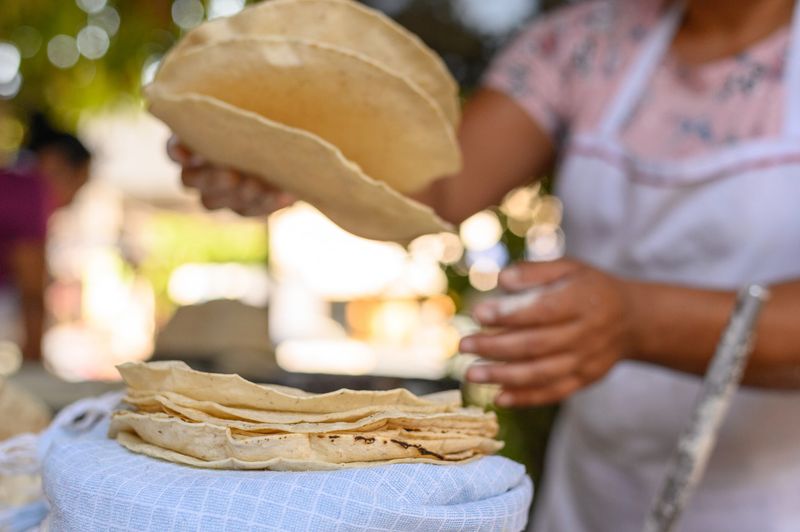
Fresh tortillas arrive multiple times daily in Mexican households. The tortillería delivery person announces their arrival with a distinctive horn or call that brings housewives running with cloth-lined baskets.
These still-warm corn discs bear no resemblance to the shelf-stable versions Americans know. Their earthy aroma fills neighborhoods as families receive their twice-daily deliveries.
Mexicans consider day-old tortillas practically inedible, while Americans happily consume factory tortillas weeks after production.
5. Mole, A Culinary Masterpiece
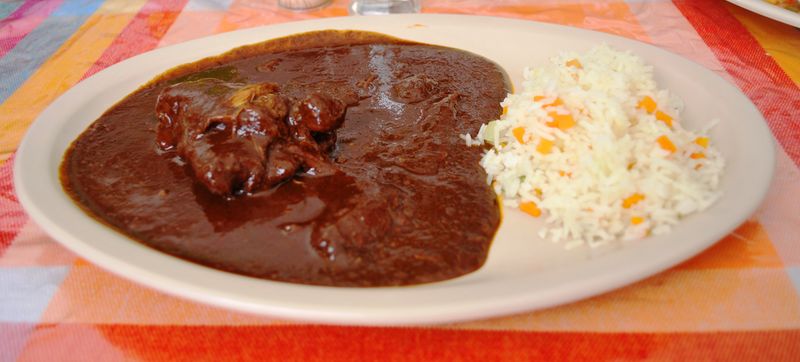
Mole is not just a sauce, it’s a celebration of Mexican culinary heritage. This rich, complex sauce can contain over 20 ingredients, including chilies, chocolate, nuts, and spices, each contributing to a harmonious blend of flavors. Making mole is often a communal activity, involving family members of different generations.
In the U.S., sauces are typically simple accompaniments, but in Mexico, mole takes center stage. It’s served on special occasions like weddings and festivals, representing love, tradition, and community.
The preparation process is labor-intensive and can take days, reflecting the care and dedication behind this age-old recipe.
6. Salsa Stations That Put Condiment Bars To Shame
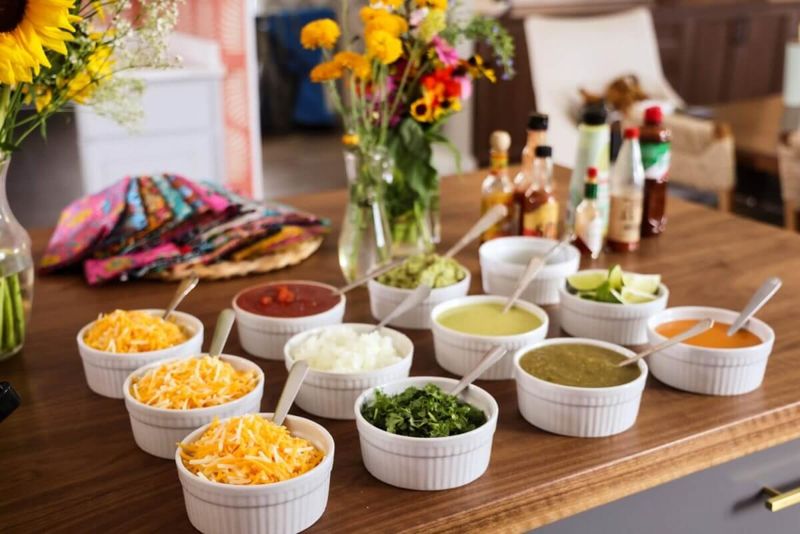
Those tiny ramekins of salsa at American Mexican restaurants? Laughable by authentic standards. Real Mexican tables feature salsa symphonies, sometimes ten different homemade varieties ranging from mild to face-melting.
Each regional sauce serves a specific purpose, paired with particular dishes rather than randomly splashed on everything. Green tomatillo brightens seafood while smoky chipotle enhances beef.
Mexicans judge restaurants by their salsa selections long before tasting main courses, treating these condiments as crucial components rather than optional additions.
7. Rice And Beans, The Supporting Actors
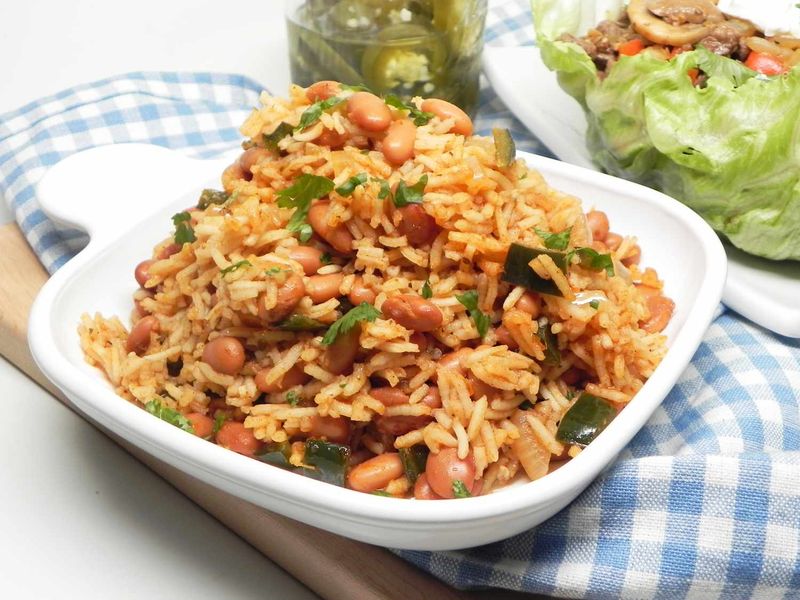
Americans often expect mountainous piles of rice and beans as the main event. In Mexico, these staples play supporting roles, small side portions complementing the true stars of the meal.
Authentic Mexican plates feature modest rice mounds and just enough beans to enhance flavors, not dominate them. The focus remains on complex moles, fresh seafood, or perfectly prepared meats.
This proportional difference shocks tourists expecting the massive bean spreads popularized by American Tex-Mex restaurants.

